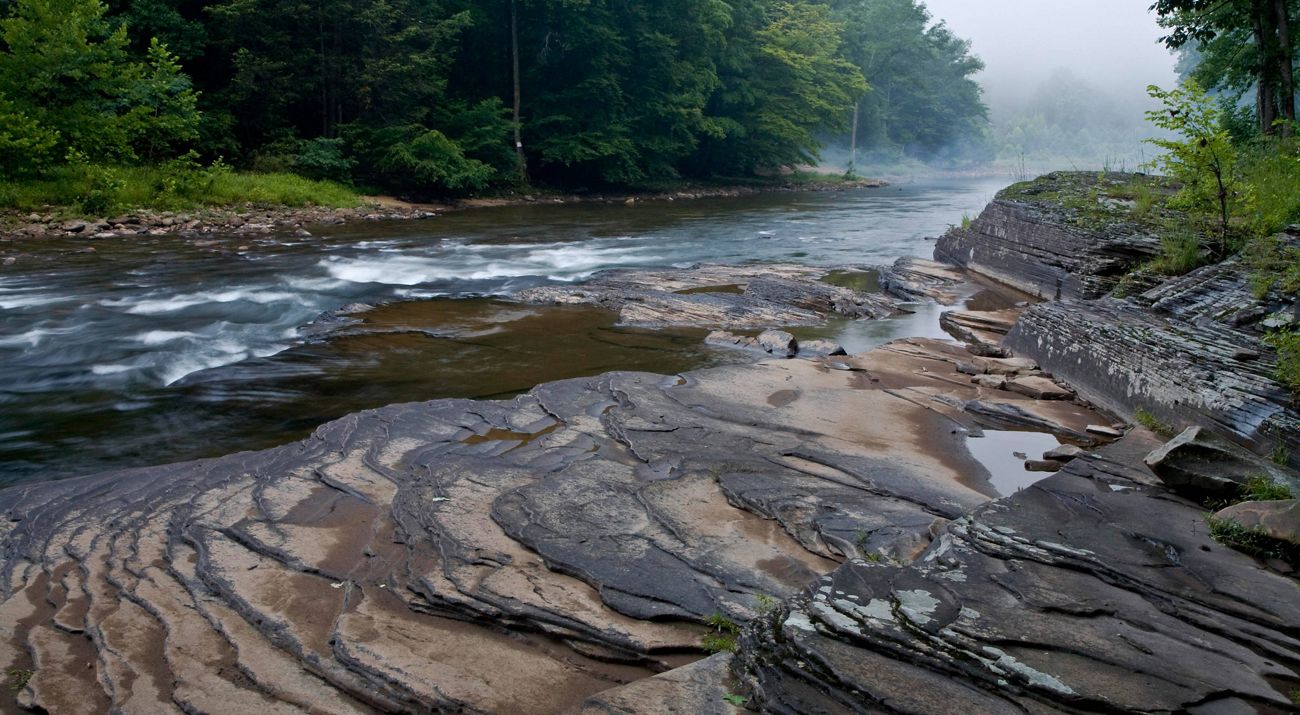Description
In the early 20th century, Brooklyn Heights was an incorporated town across the river from Hendricks whose population never exceeded 100. In 1983, Dr. and Mrs. H.M. Mills donated the Brooklyn Heights property to TNC and it became a preserve.
Ecology
The preserve borders the Monongahela National Forest and is near the Otter Creek Wilderness Area and Fernow Experimental Forest. It consists of mixed-oak and northern hardwood forests.
In a 1984 report, 39 bird species and 180 plants including 10 species of violets were documented on the property. The preserve provides habitat for Virginia big eared bats, black bears and other common mammals. Many wood warblers use these forests during annual migration and breeding season. In spring, a wide variety of wildflowers grow in the preserve's rich soils that are underlain by limestone. The preserve is also home to a number of butternut trees (Juglans cinerea), a type of walnut that has become rare due to a disease known as butternut canker.
